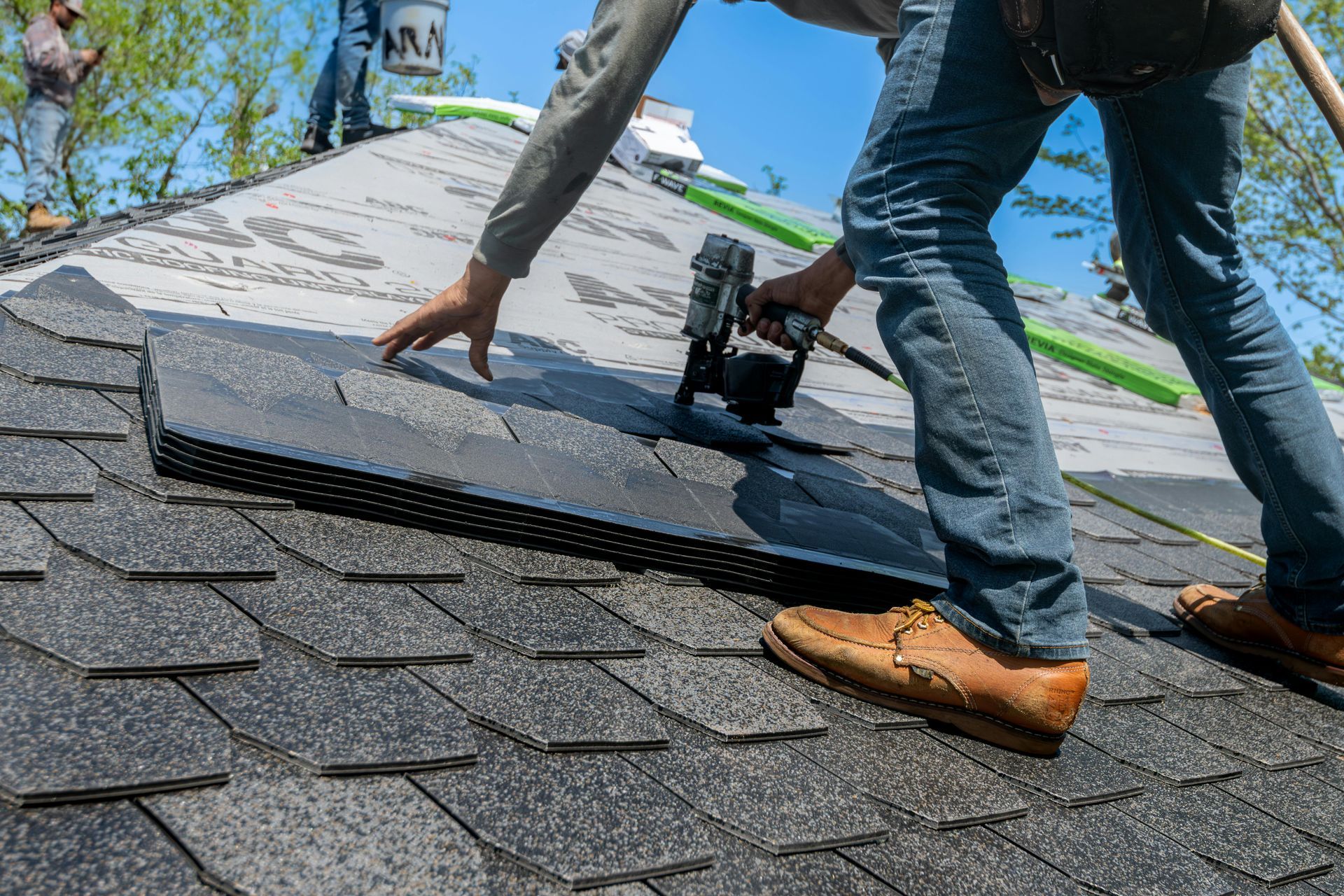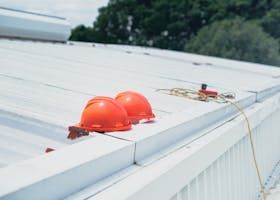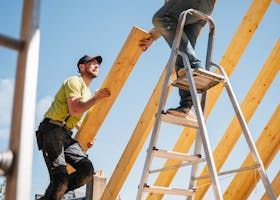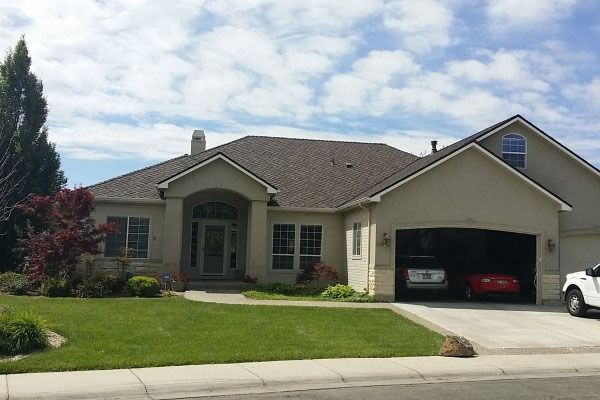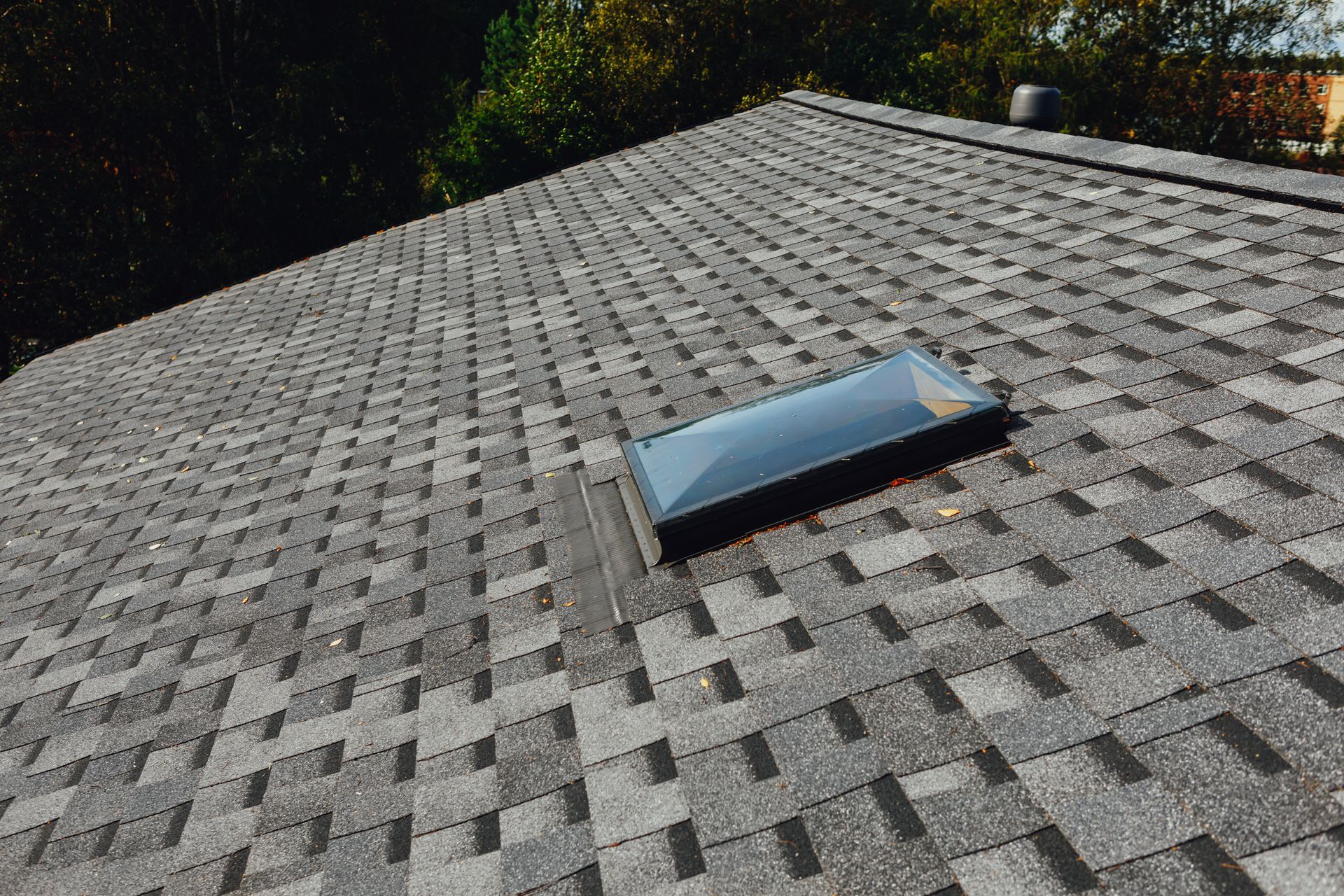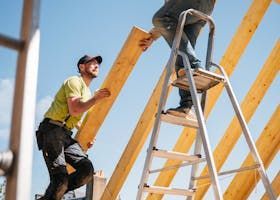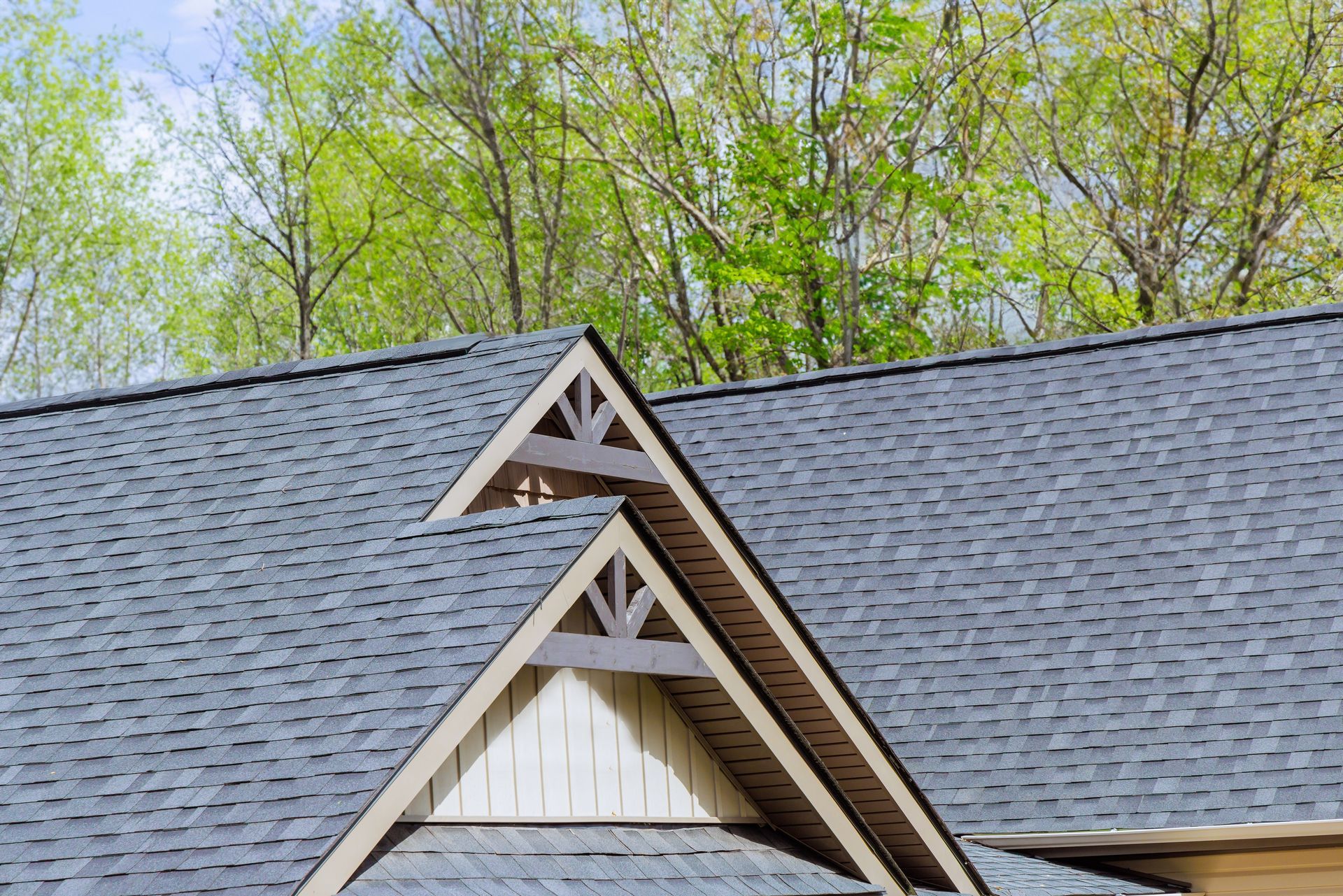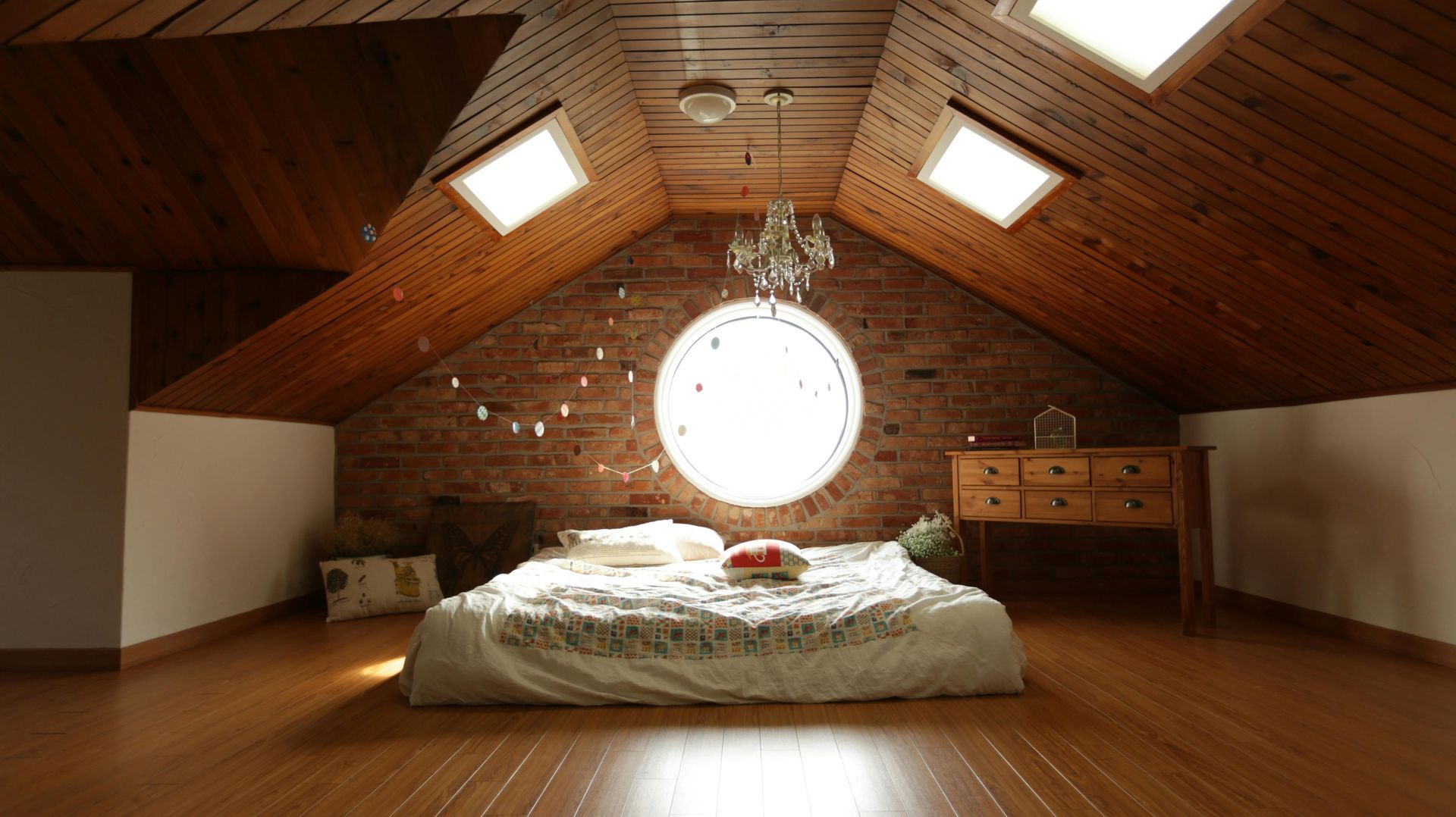Roof Flashing 101: What It Is and Why It’s Critical for Boise Homes
If you’ve ever had a roof leak, chances are it wasn’t because of your shingles — it was your flashing. Roof flashing is one of the most important elements in protecting your home from water damage, especially in a climate like Boise’s with its mix of spring rain, summer storms, and winter snowmelt.
At Madison Roofing, we’ve seen firsthand how often flashing is the culprit behind leaks — and how preventable it is with proper installation and maintenance. Here’s everything Boise homeowners need to know about this essential roofing component.
What Is Roof Flashing, and Where Is It Used?
Flashing is a thin layer of metal (usually aluminum, galvanized steel, or copper) that redirects water away from vulnerable areas of your roof. It’s typically installed wherever the roof changes direction or connects to another structure.
Common flashing locations include:
- Chimneys
- Skylights
- Roof valleys
- Around vents and pipes
- At dormers and wall intersections
- Along eaves and rakes
Its job is simple: prevent water from seeping into the seams and gaps of your roofing system.
Why Flashing Failure Is One of the Top Causes of Roof Leak
In Boise, where spring and early summer often bring heavy rains and rapid snowmelt from the mountains, flashing plays a major role in protecting your home. When flashing is damaged, improperly installed, or simply deteriorates over time, water can easily slip behind shingles and make its way into the roof deck, attic, or even your walls.
Common causes of flashing failure:
- Rust or corrosion from weather exposure
- Cracked or dried-out sealant
- Improper installation during original roofing or repairs
- Shifting from house settling or temperature changes
Once flashing fails, leaks often follow — and they usually appear at the worst possible time (like during a summer thunderstorm).
Common Signs Your Flashing Needs Repair or Replacement
If you notice any of these signs, it’s time to call Madison Roofing for an inspection:
- Water stains on ceilings or interior walls
- Dripping water near fireplaces or skylights
- Visible rust or separation on metal flashing
- Missing or cracked sealant around roof penetrations
- Shingles that appear lifted or buckled near roof edges
Sometimes the signs are subtle — a slight draft, a faint musty smell in the attic — but these can be the early warnings of flashing trouble.
Flashing Materials: Which Is Best for Boise’s Climate?
Not all flashing is created equal. In the Treasure Valley, we recommend:
- Galvanized Steel: Affordable, durable, and commonly used in residential roofing. It performs well under Boise’s mix of sun, snow, and wind.
- Aluminum: Lightweight and rust-resistant, but best for dry areas — not ideal where galvanic corrosion is a risk.
- Copper: The premium option for durability and aesthetics. It develops a natural patina and can last 70+ years, but comes at a higher cost.
The right flashing material depends on your roof’s design, your budget, and how exposed the flashing areas are.
How Madison Roofing Inspects and Repairs Roof Flashing
When we inspect a Boise roof, flashing is one of the first things we check — because it’s often where problems start. Our team will:
- Examine all flashing areas for damage or improper installation
- Remove and replace deteriorated sealants or rusted sections
- Use high-quality flashing materials rated for Boise’s weather
- Ensure flashing is layered properly under and over shingles for watertight protection
- Offer proactive recommendations to prevent future leaks
Whether you’re dealing with an active leak or just want peace of mind before the next storm, our experienced crew has you covered.
Protect Your Home with Proper Flashing
Roof flashing may not be the most visible part of your roof — but it’s one of the most important. A few inches of metal can make the difference between a dry, comfortable home and thousands of dollars in water damage.
Need help with your summer roof maintenance? Contact us by filling out our online form or call (208) 344-5379 to schedule an inspection and experience the benefits of working with a trusted local roofer.
